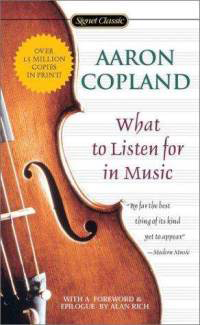

The enslaved Africans and their descendants made many percussion instruments and preserved rhythms they had known in their homeland. There was also an immigration of Chinese indentured laborers later in the 19th century.įernando Ortiz, the first great Cuban folklorist, described Cuba's musical innovations as arising from the interplay ('transculturation') between enslaved Africans settled on large sugar plantations and Spaniards from different regions such as Andalusia and Canary Islands. Later, northern European forms like minuet, gavotte, mazurka, contradanza, and the waltz appeared among urban whites.

European dances and folk musics included zapateo, fandango, paso doble and retambico.

Large numbers of enslaved Africans and European, mostly Spanish, immigrants came to Cuba and brought their own forms of music to the island. Examples include rhumba, Afro-Cuban jazz, salsa, soukous, many West African re-adaptations of Afro-Cuban music ( Orchestra Baobab, Africando), Spanish fusion genres (notably with flamenco), and a wide variety of genres in Latin America. Cuban music has contributed to the development of a wide variety of genres and musical styles around the globe, most notably in Latin America, the Caribbean, West Africa, and Europe. It has been perhaps the most popular form of regional music since the introduction of recording technology. Since the 19th-century Cuban music has been hugely popular and influential throughout the world. Almost nothing remains of the original native traditions, since the native population was exterminated in the 16th century. For instance, the son cubano merges an adapted Spanish guitar (tres), melody, harmony, and lyrical traditions with Afro-Cuban percussion and rhythms. Due to the syncretic nature of most of its genres, Cuban music is often considered one of the richest and most influential regional music in the world. The music of Cuba, including its instruments, performance, and dance, comprises a large set of unique traditions influenced mostly by west African and European (especially Spanish) music. Rumba ( guaguancó, columbia, yambú, batá-rumba, guarapachangueo).Music and musical traditions of Cuba Music of Cuba


 0 kommentar(er)
0 kommentar(er)
